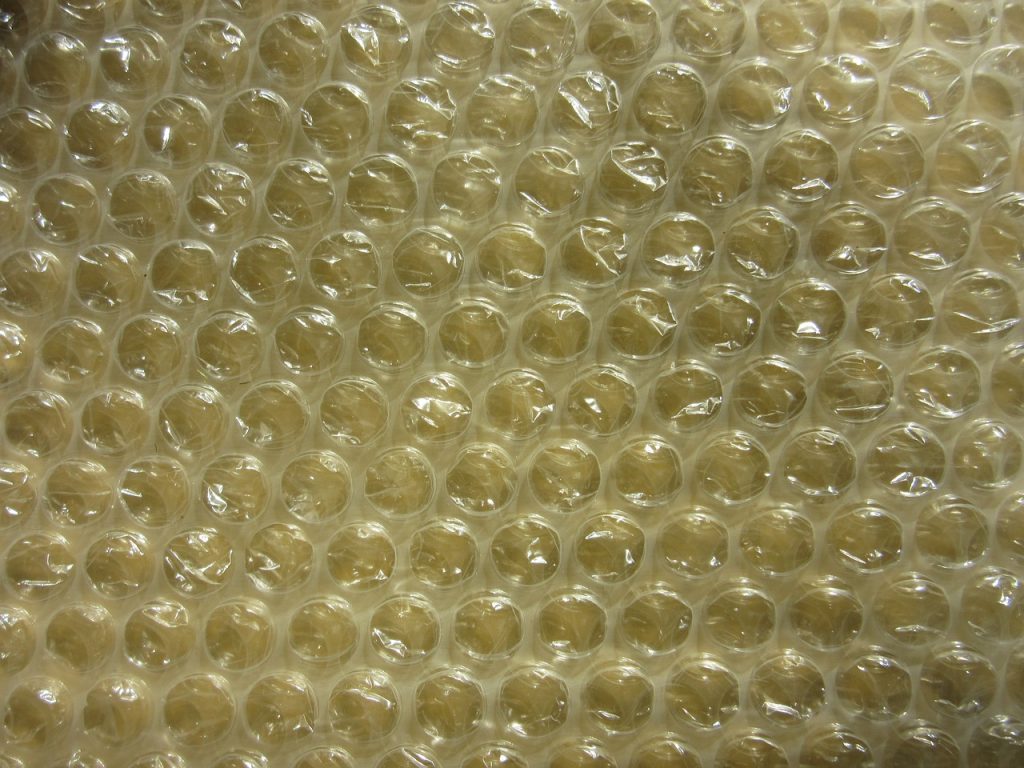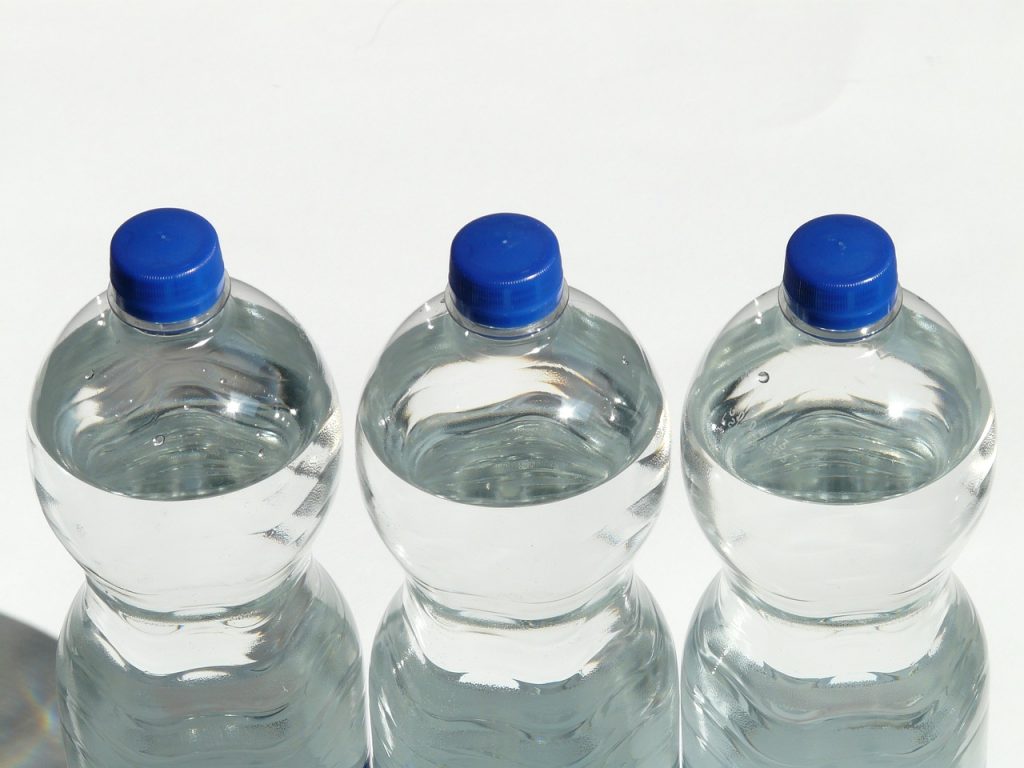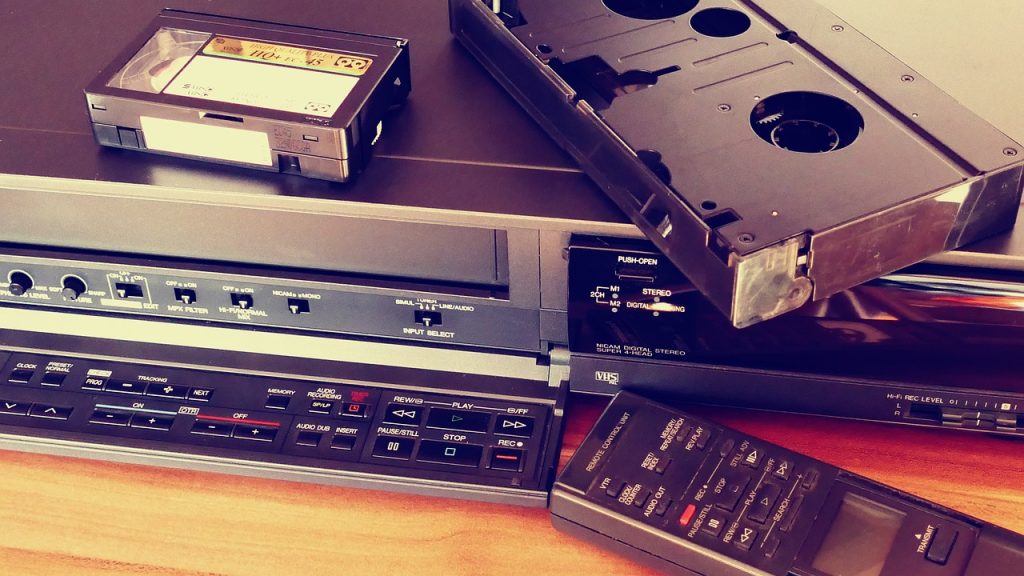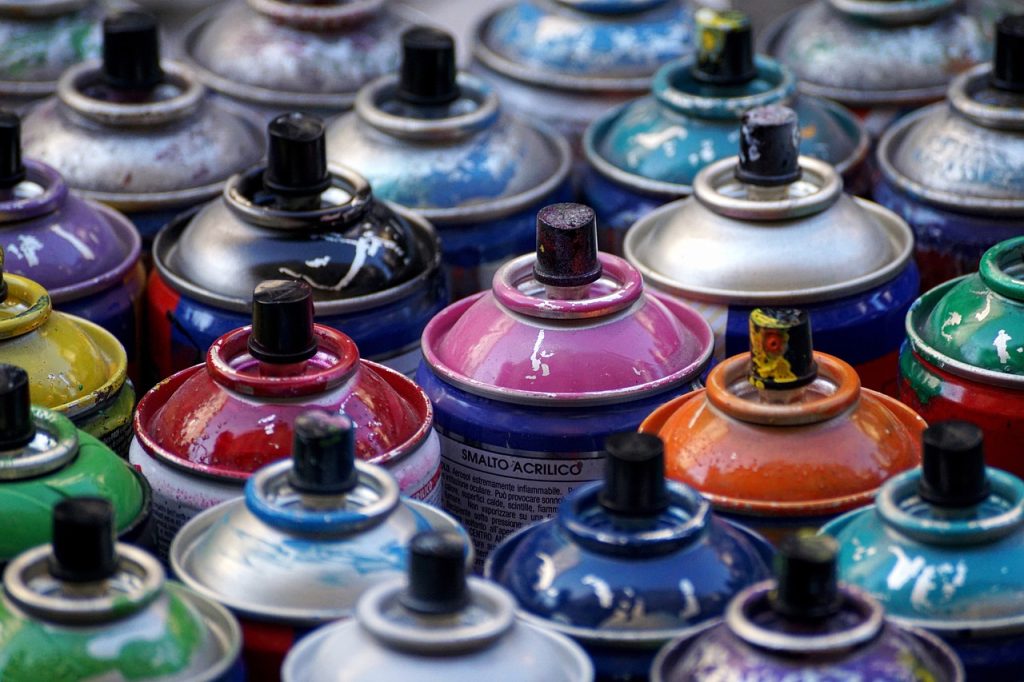- Ensure the bubble wrap is clean and free from tape or labels.
- Do not place bubble wrap in your regular household curbside recycling bin.
- Reuse bubble wrap where possible, such as for shielding fragile items.
- Locate a local grocery store or big store with a drop-off point for plastic packaging.
- Drop off the bubble wrap at the designated recycling point.
Understanding How to Recycle Bubble Wrap and Other Plastic Packaging
While bubble wrap is recyclable, its unique plastic composition requires specific recycling steps. It’s not suitable for standard household curbside bins, as it can clog recycling machinery. Instead of discarding, consider reusing bubble wrap to protect fragile items during storage or relocation. If you’re keen on recycling, many local grocery stores offer designated drop-off points for such plastic packaging. It’s essential to utilize these facilities to ensure proper recycling.
Remember, every effort in recycling makes a difference. By responsibly managing bubble wrap and similar plastics, we contribute to resource conservation and environmental protection. Let’s commit to sustainable practices and make a positive impact on our planet.
Mastering the Recycling of Bubble Wrap and Assorted Plastic Products
Bubble wrap, while seemingly complex to recycle, is more manageable than one might think. It’s a distinct type of plastic packaging that doesn’t fit the standard recycling bin mold. However, this doesn’t relegate it to the trash. Dedicated facilities exist to handle such materials adeptly, ensuring bubble wrap gets a second life.
A common misconception is lumping bubble wrap with other plastics. In reality, it’s classified as ‘plastic film,’ necessitating a unique recycling approach. This distinction often leads to its misplacement in regular recycling bins or, unfortunately, the trash.
A recent piece by The New York Times underscored the need for specialized recycling services for materials like plastic film. The emphasis is twofold: curbing landfill waste and harnessing the potential value of recycled materials. Given the non-standard nature of these services, you might find yourself heading to specific drop-off points. Many retail outlets, including supermarkets, offer designated bins for such plastics.
In the grand scheme, the objective is clear: make recycling commonplace. Every plastic item, be it bubble wrap or otherwise, holds environmental significance. It’s a collective duty to champion recycling. Small, consistent efforts can culminate in monumental environmental benefits.
Repurposing Bubble Wrap: The Recycling Journey
Accumulated bubble wrap from events, games, or packages? Storing it only adds to clutter, and discarding it contributes to pollution. The solution? Recycle it. Unlike standard plastics, bubble wrap has a unique recycling process. Some centers might not cater to it, but many large retailers, due to their extensive packaging use, offer specialized recycling programs.
For successful recycling, bubble wrap should be clean, devoid of tape or labels. It undergoes a transformation, melting into reusable plastic, which then aids in crafting recycled products. Think of its recycling potential before considering it as trash. After all, recycling isn’t just about minimizing waste; it’s about repurposing it, steering towards sustainability. Let’s embrace the recycling of bubble wrap.
The Environmental Impact of Bubble Wrap and the Need for Recycling
Bubble wrap, while incredibly useful for protecting fragile items, has a significant environmental footprint if not managed responsibly. Made primarily from low-density polyethylene, bubble wrap can take hundreds of years to decompose in landfills. This long decomposition period can lead to harmful chemicals leaching into the soil, potentially contaminating groundwater sources.
Moreover, the production of bubble wrap contributes to the consumption of non-renewable resources, such as petroleum, and releases greenhouse gases into the atmosphere. By recycling bubble wrap, we can reduce the need for new raw materials and decrease the environmental impact associated with its production.
Recycling bubble wrap also presents an opportunity to repurpose this material into new products. Recycled bubble wrap can be processed and transformed into items like plastic lumber, trash bags, and even new rolls of bubble wrap. This circular approach to product life not only conserves resources but also reduces the amount of waste that ends up in our landfills.
In a world where sustainability is becoming increasingly crucial, understanding the environmental implications of everyday items like bubble wrap is essential. By choosing to recycle, we can play a part in reducing our ecological footprint and promoting a more sustainable future.
Recycling Essentials: What Goes Where?
Effective recycling starts with discernment: knowing what goes into the recycling bin and what doesn’t. While most items are recyclable, reducing landfill waste, it’s vital to be aware of local recycling guidelines as they can differ.
Bubble wrap, often a subject of recycling ambiguity, is indeed recyclable. However, its classification as ‘plastic film’ means many standard recycling programs won’t accept it. Instead, gather it for specialized drop-off points.
And what about unconventional items? Take car seats: bulky, made of varied materials, and not always recyclable curbside. Yet, specialized programs exist for them, especially if they’re past their prime. Similarly, while food isn’t for the recycling bin, composting offers an eco-friendly alternative. Effective recycling isn’t just about the obvious; it’s about exploring all avenues.




